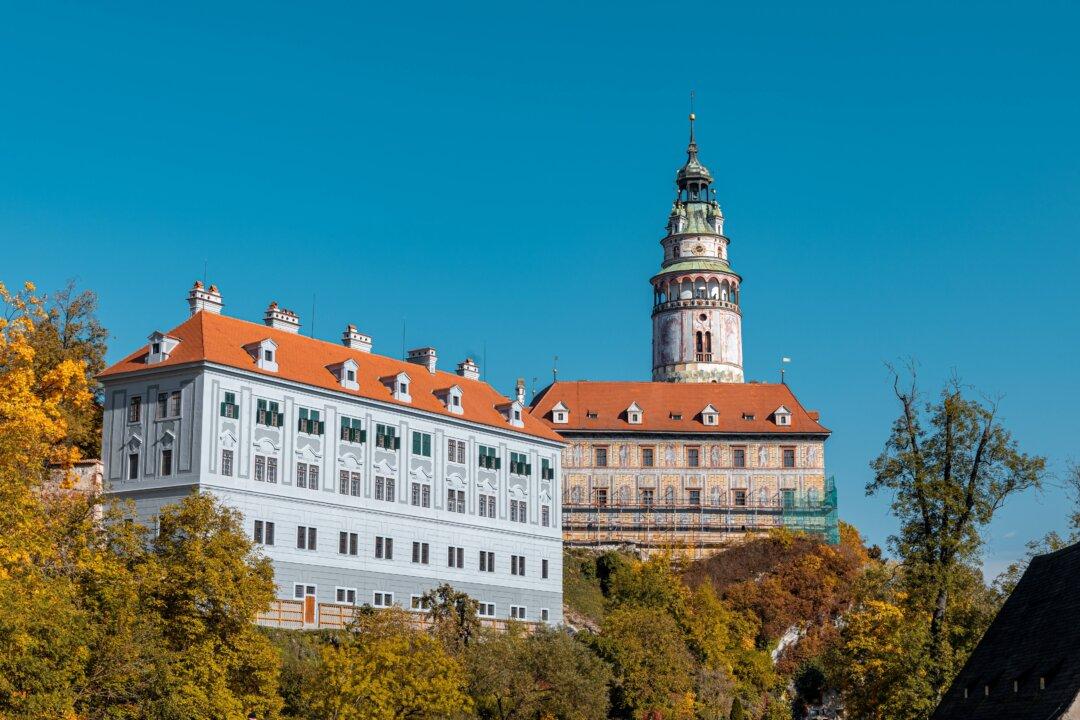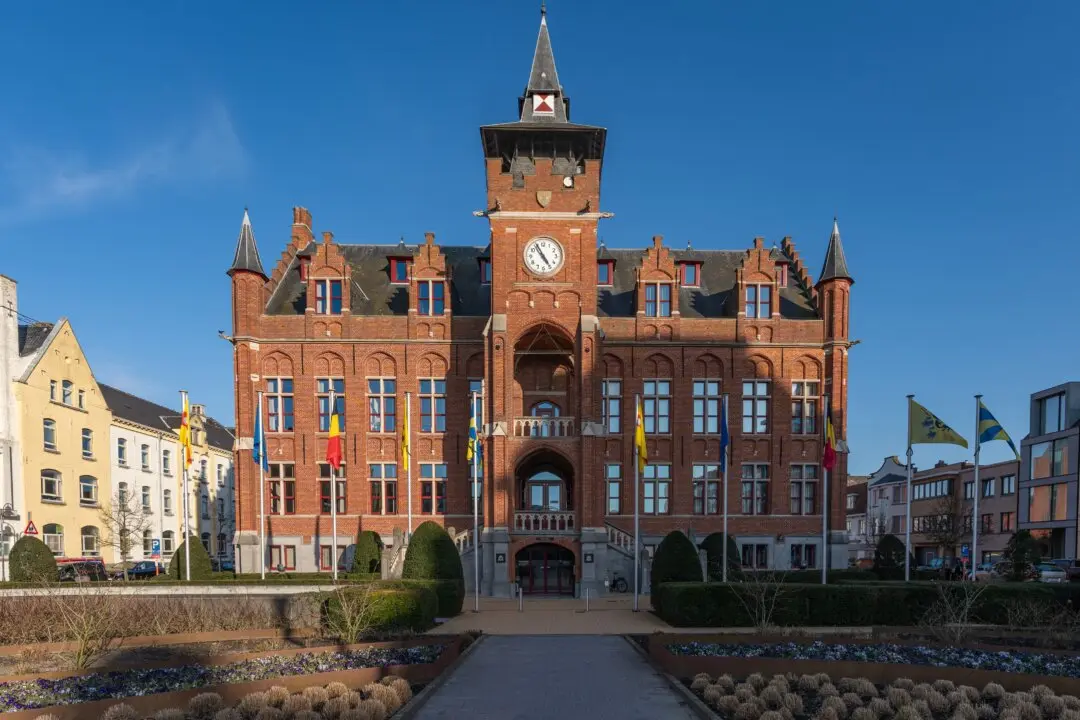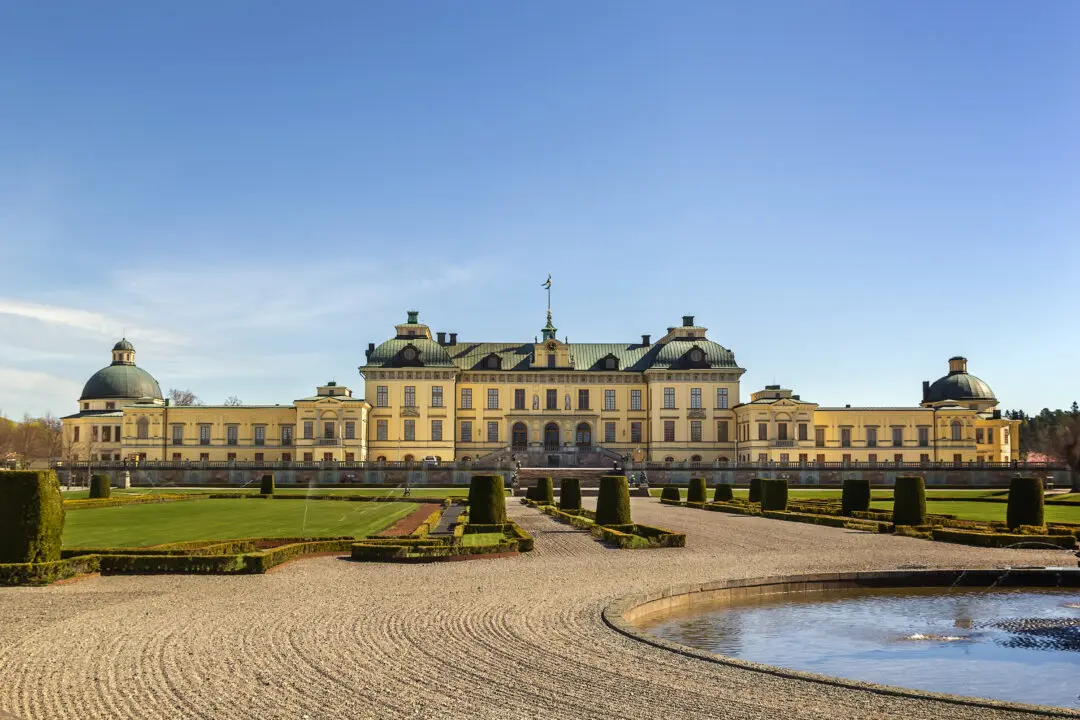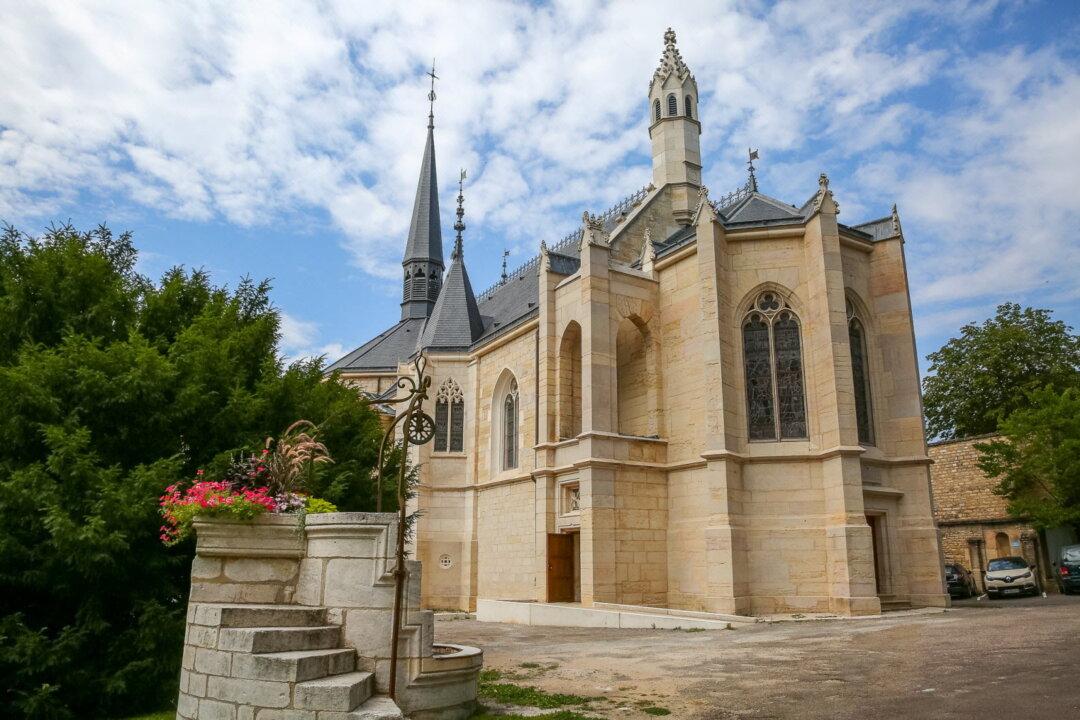Less than 50 miles from the tripoint border of Austria, the Czech Republic, and Germany, the town of Cesky Krumlov, Czech Republic, embodies the region’s architectural heritage. The historic center of the town has street layouts and many ordinary buildings that date back centuries. Larger architectural works, including two magnificent monasteries, add to the beauty and historicity.
Most impressive of all is Cesky Krumlov Castle. Overlooking the town from a promontory across the Vltava River, the 17-acre complex includes some of the finest examples of Bohemian Renaissance and baroque architecture.





